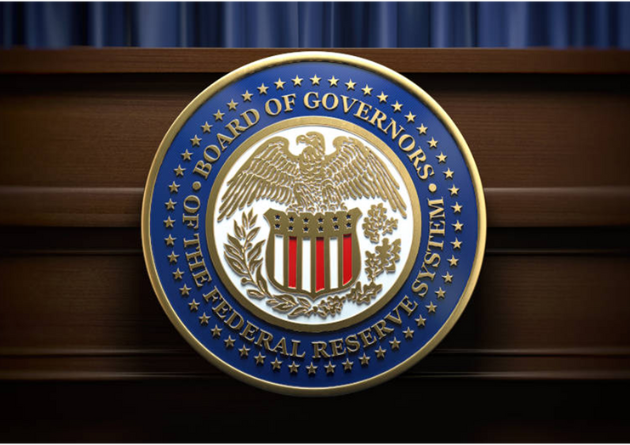Fed Poised for a Successive Rate Cut; EUR/USD on Alert Ahead of Powell’s Guidance
- rabeelrana

The U.S. Federal Reserve is set to announce its October policy decision on Wednesday, with markets widely expecting a 25-basis-point rate cut, bringing the target range down to 3.75%–4.00%. According to the CME FedWatch Tool, investors are fully pricing in this move and assign a 95% probability to another similar reduction in December. The Fed’s September Summary of Economic Projections (SEP) also signaled a gradual easing path, projecting two additional 25-bps cuts in 2025, followed by one each in 2026 and 2027.
The Federal Reserve’s upcoming meeting will unfold under exceptional circumstances, as the U.S. government shutdown that began on October 1 has disrupted the release of crucial macroeconomic indicators, including the September employment report and weekly jobless claims data. The Consumer Price Index (CPI) for September, delayed until October 24, revealed modest increases of 0.3% in headline inflation and 0.2% in core CPI—both softer than anticipated—further reinforcing expectations for a more accommodative stance.
Market observers widely anticipate that the Fed will continue adjusting its policy toward a neutral stance by implementing another 25-basis-point rate cut, while maintaining a cautious, dovish tone amid limited data visibility. Chair Jerome Powell is expected to navigate a delicate balance between addressing labor market vulnerabilities and lingering inflationary pressures. Additionally, the central bank is reportedly nearing the end of its quantitative tightening (QT) program and may formally announce the cessation of balance sheet reduction or outline a timeline for its conclusion, signaling a broader shift toward monetary stabilization.
The Federal Reserve is set to announce its interest rate decision and release the Monetary Policy Statement at 23:00 HRS PKT, followed by Chair Jerome Powell’s press conference at 23:30 HRS PKT. The rate decision itself is not expected to spark a major market reaction, though a dissenting vote for a larger 50-basis-point cut cannot be ruled out. Given that a December rate reduction is already priced in, the U.S. Dollar (USD) may strengthen if the Fed adopts a cautious tone on further easing, emphasizing uncertainty from missing economic data or highlighting persistent inflation risks amid resilient economic activity—potentially weighing on EUR/USD.
Conversely, the USD could weaken if Powell underscores that the prolonged government shutdown may further strain the labor market, prompting greater policy emphasis on employment. A more optimistic view on inflation could also be interpreted as dovish, putting additional downward pressure on the greenback and supporting EUR/USD gains. U.S. GDP growth has remained above potential through the third quarter, while inflation continues to raise, although concerns linger about labor market softness and data-driven uncertainty—factors that may justify an “insurance” cut. Technically, EUR/USD remains slightly above the lower boundary of its ascending channel, with momentum indicators showing limited bullish strength. Resistance lies near 1.1650–1.1700, and a break above could target 1.1920 and 1.2000, while sustained weakness below 1.1600 may trigger further declines toward 1.1300.
